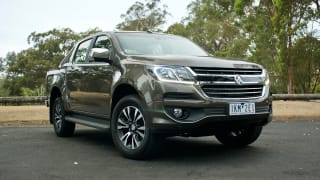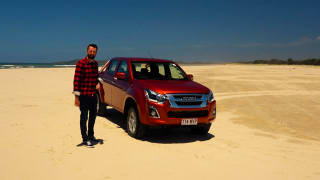The XL Hi-Rider 4x2 range is only available with the base level 2.2-litre turbo-diesel. There is a choice of three body styles, but transmissions are mostly determined by those body variations.
For example, XL Hi-Riders start with the single cab cab-chassis in manual ($30,890) or auto ($33,090). However, the super (extended) cab cab-chassis is only available with manual ($33,240), the dual cab cab-chassis is auto only ($37,590) and the dual cab ute offers both manual ($36,390) and auto ($38,590).
Our test vehicle was the XL single cab cab-chassis Hi-Rider with manual transmission ($30,890) which costs considerably more than Toyota’s Hilux Workmate 2.4-litre five-speed manual low rider ($24,990), but is competitive with Holden’s Colorado LS 2.8-litre six-speed manual low rider ($29,490) and Isuzu’s D-Max SX Hi-Rider 3.0-litre six-speed auto ($31,700).

It also came equipped with Ford’s optional aluminium drop-side tray (an extra $1666 fitted). It’s an excellent tray, although we did experience a problem with rear tyre clearance under load due to incorrect installation, which potential buyers should be aware of before taking delivery (see Driving).
The vinyl floored XL Hi-Rider comes suitably equipped for work duties including 16-inch steel wheels wrapped in big P255/70R16 tyres with a full-size spare, 'SYNC' connectivity including Bluetooth, cruise control, single zone air conditioning, adjustable speed limiter, power windows and mirrors, auto on-off headlights, remote diff locker, remote key-less entry and more.
However, cab-chassis variants miss out on the rear view camera, rear parking sensors and load box illumination which come standard with ute-bodied models.














